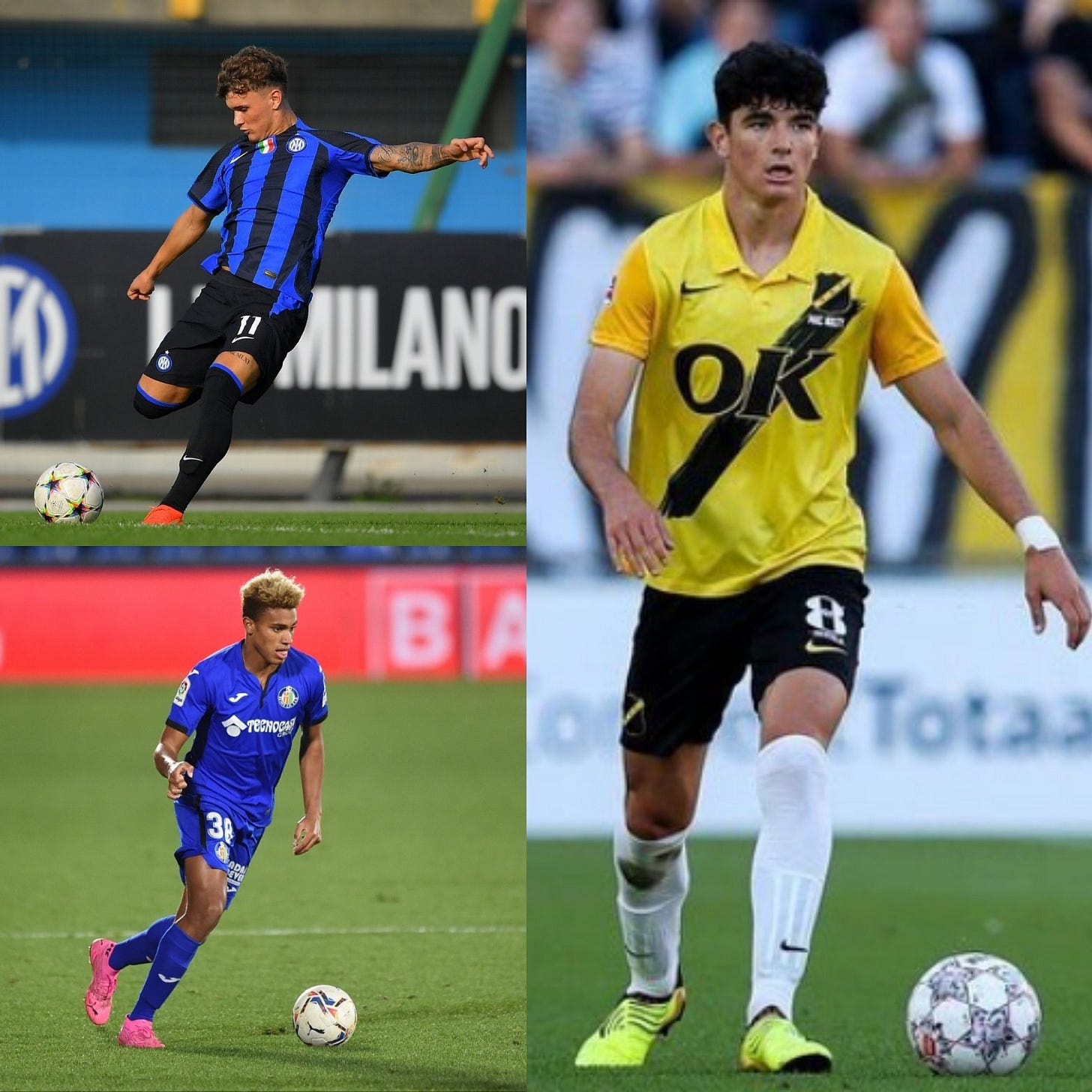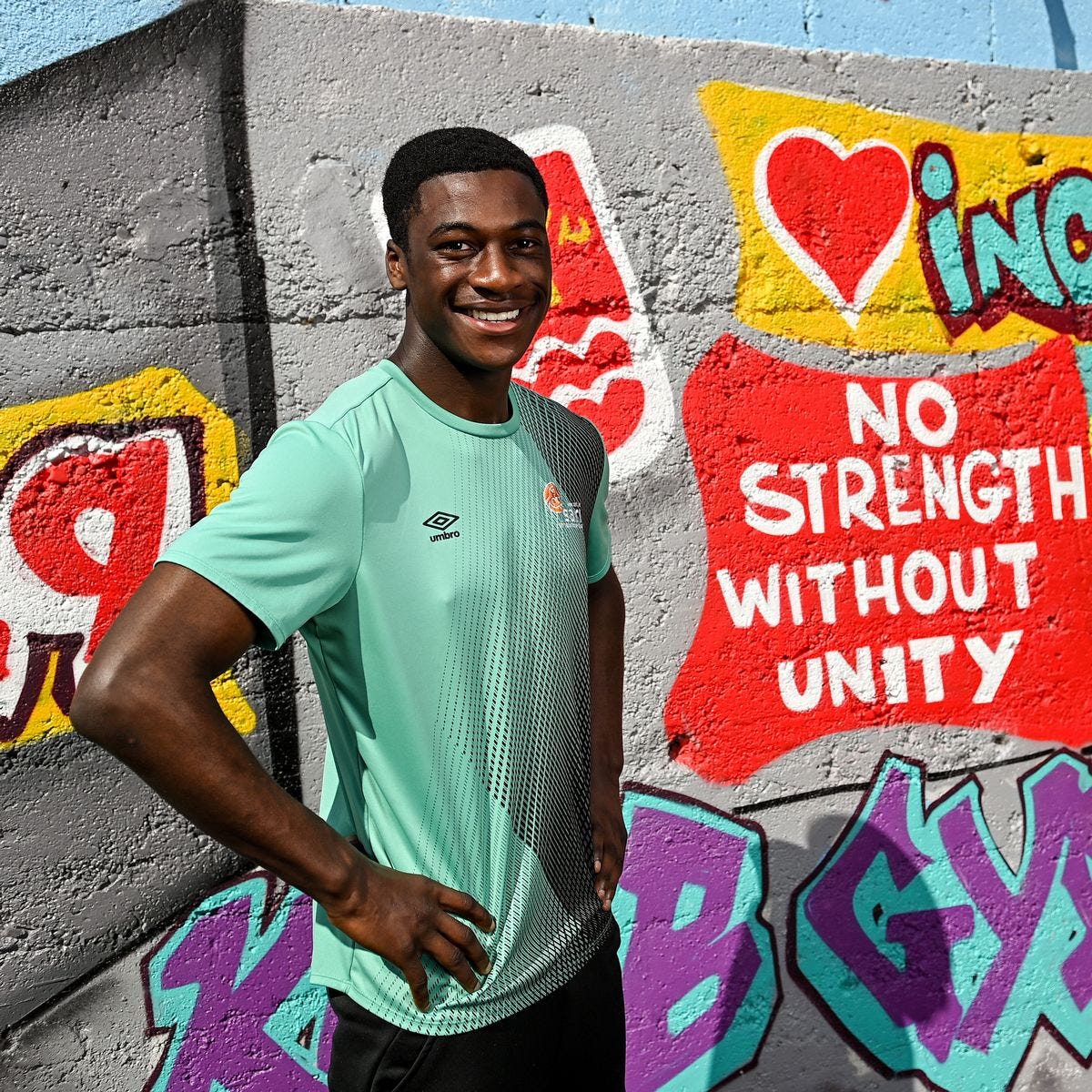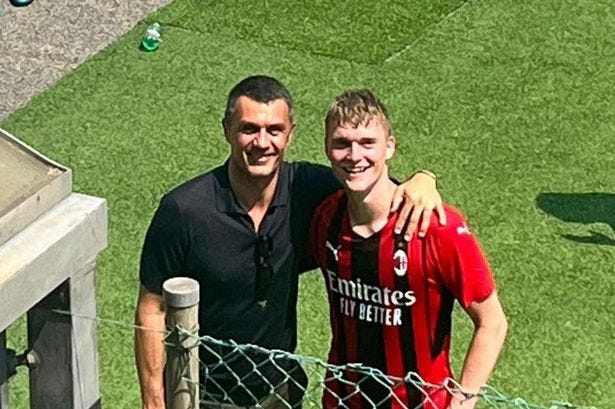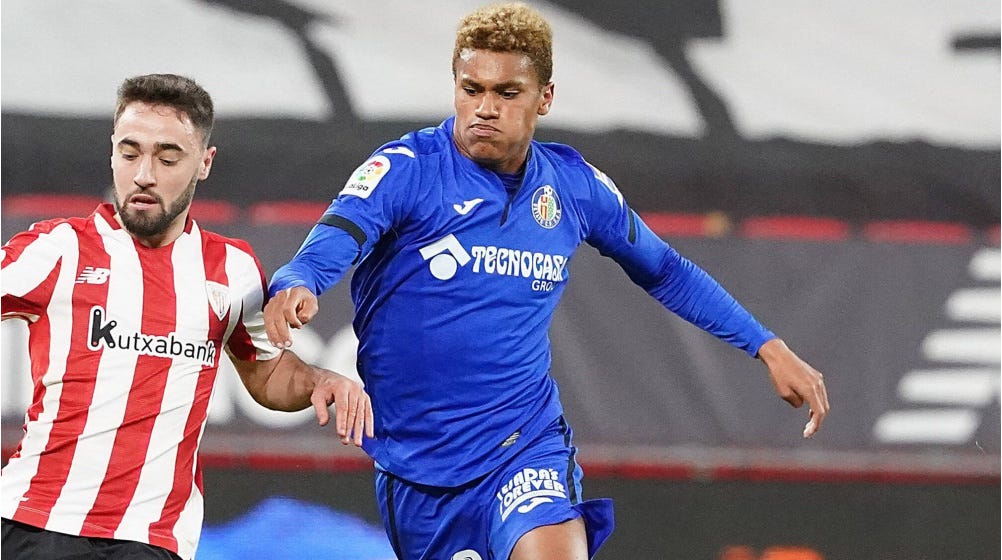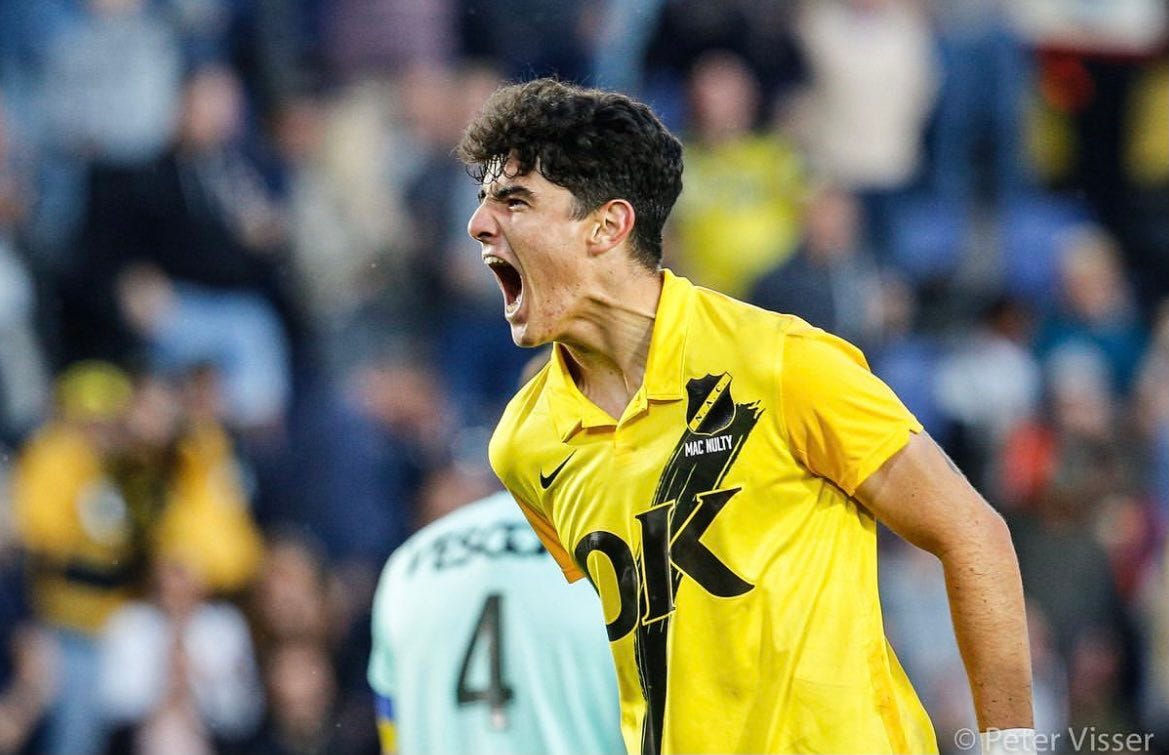Ireland's Continental Drift
Charting the progress of Ireland's brightest talents who've settled on the continent.
*This piece was requested by Twitter follower and Occasional Opinions subscriber (who also writes, go read his fantastic work). If you’d like to see me write a piece about any subject, feel free to message, reply, or comment and I’ll make sure I write something on it for you.*
‘Most countries send out oil or iron, steel or gold, or some other crop, but Ireland has had only one export and that is its people.’
John F. Kennedy on his presidential visit to Ireland, June 1963
No country in Europe has been as affected by emigration over the last two centuries as Ireland. Emigration became an intrinsic part of Irish life before we earned our independence through conflict with Britain, especially from the Famine onwards.
The phenomenon of migration from Ireland is recorded since the Early Middle Ages, but it can be quantified only from around 1700. Since then, between 9 and 10 million people born in Ireland have emigrated. That is more than the population of Ireland itself, which at its historical peak was 8.5 million on the eve of the Great Famine. After 1765, emigration from Ireland became a short, relentless and efficiently-managed national enterprise. In 1890, 40% of Irish-born people were living abroad. The poorest of them went to Great Britain, especially North-Western cities like Liverpool, setting up communities that still hold pride in their Irish roots to this day. Those who could afford it went further afield, including almost 5 million to the United States.
Ever since the Football Association of Ireland first started sending out teams, every age-group team in green always had boys signed to English clubs with the names of those clubs appearing in brackets after surnames.
These players may have had links back to Ireland through the “Granny rule” - as it was coined by the media - but most of them would have been former youth players for Irish club sides who had been snapped up by British teams through the myriad of links they held with football summer camps, youth feeder teams like Home Farm in Drumcondra, North Dublin (Liam Brady, Johnny Giles, Richard Dunne, Ian Harte, Gary Kelly and Stephen Ward all made their moves abroad through Home Farm), or through the usual way of scouting a number of games they may have played for the clubs themselves.
It was a common part of the process for many young Irish players. Play a couple of games for your local club, get noticed, go to Britain for trials and get signed for a tiny fee. It’s happened with nearly every notable star we’ve had, from Paul McGrath (St. Patrick’s Athletic) to Roy Keane (Cobh Ramblers), to Seamus Coleman (Finn Harps), to Matt Doherty and Evan Ferguson (Bohemians).
When the Ireland under-17 team defeated Andorra 5-0 in Cork in October of 2021, not many beyond the participants paid the result much attention and, understandably, few of them will have considered this an important moment in time.
But as observers began to run their finger down the Irish teamsheet, the realisation dawned that this was indeed an historic occasion: for the first time anyone could recall, not one of the 20-player Irish squad was attached to an English club.
Two years earlier, 11 of the 21-strong Republic of Ireland Under-17 squad had clubs like Manchester City, Wolves, Brighton, Norwich, Southampton and Derby County in those brackets.
No more. Now Irish boys were attached to Irish clubs, bar a couple of exceptions. It was one of the first physical manifestations of Brexit for Irish and British football.
Due to the UK’s withdrawal from the European Union, overseas recruitment rules had changed and Irish boys aged 17 or below could no longer sign for English clubs. They must wait until they are 18.
Brexit has led to mainland Europe, for the first time in Irish history, becoming a haven for Irish people looking to make a name for themselves. Britain, rather than being a bridge to the rest of the world for Ireland as it has been in the past, is now a blockage that the Irish must skirt their way past in order to chase the glory that they seek.
There’s now an overwhelming amount of Irish talents playing on the continent who look to be in prime position to lead Ireland into a new age of football in the next couple of years.
Recently I wrote about Ireland’s rise from the ashes and how the nation has so much potential going forward.
Today, I take a deeper dive into looking at that potential. Here are some Mainland Europe based Irish talents that fans of Football must pay serious attention to in the years to come.
James Abankwah (Udinese)
Abankwah played for Melview FC in his native Longford before his family moved to Lucan. He soon joined the nearby schoolboy outfit Cherry Orchard before signing for St Patrick's Athletic's in January 2019.
He played at U15 level with St Pat's that year and made a swift impact with the club, helping them to a league and cup double in his first season.
He made the leap up to the U19s in 2020 and despite playing three years above his age, helped them to win the Under-19 league title.
Abankwah graduated to the club's senior squad last year and signed his first professional contract in July. He made his League of Ireland debut against Derry City at Richmond Park later that month and would go on to make nine league appearances.
The Longford native's biggest moment for St Pat's came in the 2021 FAI Cup Final, when the teenager was subbed on in the second half and put in a remarkably assured performance as the Saints claimed a penalty shootout win over Bohemians.
Abankwah has progressed through the underage ranks for Ireland and was named as captain of the Republic of Ireland U18's by head coach Colin O'Brien in December, just days after winning the FAI Cup Final.
In January of last year, Abankwah was sold by Pat’s for an undisclosed fee believed to a record upfront fee paid for a League of Ireland player of around €800,000 plus add-ons, showing how incredibly highly-rated he is.
He’s made just one appearance so far for Udinese, just 4 minutes off the bench in a 3-0 loss to Bologna, but he has been included on the bench for the vast majority of Udinese’s games this season and is expected to make the step up to semi-regular Serie A appearances next season.
Players like Abankwah are once in a generation talents. From the few games we have seen him play against much older opposition, he’s consistently shown an incredible confidence on the ball, joyously striding forward out of the back line to drive his team forward and play progressive passes into and through the midfield with an ease that some Premier League players can’t even manage. That confidence can only help in shaping him into a fantastic modern centre-back. Expect him to join Nathan Collins, Andrew Omobamidele, or one of the other young men on this list in an Irish back-line inside the next 2 years.
Cathal Heffernan (AC Milan)
The son of two Olympians, Cathal Heffernan was never going to be anything but an outrageous athletic talent in some sport. How highly rated he is should be made obvious by the man with his arm round Cathal’s shoulder in the photo above.
If you don’t recognise him, somehow, that’s Paolo Maldini.
Do I need to write more than that?
Ugh, fine, but only because you asked nicely.
Heffernan grew up playing for Ringmahon Rangers in Cork.It wasn’t until 2019 that Heffernan joined Cork City to compete in the League of Ireland under-15s national league where his talent was obvious and his rise was sharp.
From U15s to U19s, Heffernan climbed the academy ranks over the course of a year and a little later in October 2021, he made his senior League of Ireland debut.
His Cork City U19 performances and first-team substitute involvements coincided with impressive Ireland U17 displays around that time and come January, AC Milan came knocking.
So far he’s made 38 appearances for AC Milan’s U18 side, along with 2 appearances off the bench for their U19s. This season those appearances have included 7 clean sheets, 2 goals and an assist.
Heffernan has only just turned 18, and there’s no guarantee the Rossoneri will be his home for the long-term, but the compliments he’s received from multiple figures around the club, like Maldini, fill you with confidence that at the very least he’s receiving a masterclass of a centre-back education.
Kevin Zefi (Inter Milan)
Straight Outta’ Clonsilla in West Dublin, Kevin Zefi played for St Kevin’s Boys throughout his youth before moving to Shamrock Rovers in 2019. It was at Rovers that he swiftly made a name for himself by terrorising defenders with his rapid feet and accomplished ball control.
He became the youngest goalscorer in League of Ireland history by scoring against Longford as a 15-year-old. When he turned 16, Inter Milan came calling.
Zefi regularly finds himself seeking space and playing between the lines as opposed to playing off the shoulder of defenders. He enjoys taking on defenders 1v1 or playing through defences to get in behind. He often draws opposition players towards him in order to create space for teammates and himself by evading advancing defenders. He’s always looking to play progressively and rarely goes sideways or backwards unless he’s in situations which require so. He regularly utilises half spaces in order to progress the ball, also.
Kevin turned 18 this year, whilst he has been making his way in the Nerazzurri’s youth team, with appearances, and goals, in both the Under-19 and Under-18 teams.
Those who have watched Zefi with Ireland will know he is a rare talent and, like people who followed Troy Parrott at the same age, most will think he has a chance of making it at the top level. However, such exciting underage attackers take a lot of time to develop their game physically and tactically before they begin to challenge modern defenders.
Zefi needs to learn that he won’t be able to mesmirise every defender with his deft touch and rapid pace. He needs to grow into a body better able to handle the physicality of the senior game. He’s got plenty of time to do so. Once he does?
Hooooo Boy.
John Patrick (Getafe CF)
John Joe Patrick Finn Benoa boasts the kind of pedigree that would excite the fans of any international team, never mind just Ireland.
A product of Real Madrid’s ‘La Fabrica’, the 6’4 midfielder jumped from CD Canillas to Alcobendas CF as a teenager before signing with Getafe in 2018 where he remains today.
His father’s from Ballyhaunis in County Mayo, so this isn’t a return back to the “Granny Rule” days.
In December 2020, John Patrick (as he prefers to be known) made his Getafe debut against Levante at the ripe age of 17 and, in doing so, became the club’s youngest ever La Liga debutant.
Impressively, he went on to make five further league appearances that season, but chances have been hard to come by since then.
John Patrick made his Getafe debut before he had even featured for their reserves, so the last year has seen him take a step back into the club’s youth set-up to develop his game. After sitting on the bench for the senior squad at the beginning of this season, he is now under the watchful eye of their ‘B’ Team and will hopefully continue to go from strength to strength.
He’s still only 19, so this step back should inspire no fear in anyone for his future. He’s still highly-rated, but just needs to be allowed the time to develop. With Getafe currently facing relegation from La Liga, it’s entirely possible we see him return to the first-team setup from next season onwards.
One thing is for certain. The kid has talent.
Anselmo García MacNulty (VFL Wolfsburg, on loan at NAC Breda)
Of all our youth players to originate from the continent, Anselmo Garcia MacNulty is perhaps the one closest to a senior breakthrough.
A native of Seville, he qualifies for the Boys in Green via his Irish mother and was first capped U15 level. He’s been a stalwart through the ranks and now has reached the U21 squad.
Having come through the ranks at Real Betis before signing for Wolfsburg in 2019, he joined Dutch second-tier club NAC Breda on loan for this season. He has made 35 appearances in all competitions in the current campaign, and earned 7 clean sheets.
He is an extremely passionate player, very aggressive in defence, but knows when and how to pick his spots, rarely getting into serious trouble with the officials. If I was to liken him to anyone it would be Carlos Puyol, but left-footed.
MacNulty has been a rock solid defender for several years now, and has truly just been unlucky that every Wolfsburg manager that’s come through in recent times has opted to try and nail down more experienced players in the centre of defence. If not for that, MacNulty would definitely have been worthy of a few senior appearances at some point.
This summer is a crucial one for him. If Wolfsburg decide to add another centre-back - as it seems they are planning to do - then it may be time for Anselmo to pack up shop and see who wants him. As a young, talented, progressive passing, left-footed defender, he’ll face no end of suitors.
Whatever happens next step in the 20-year-old’s career is the most crucial one.


